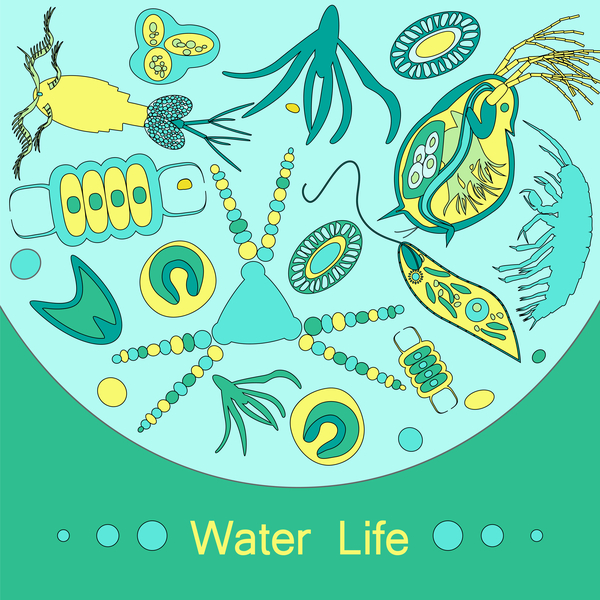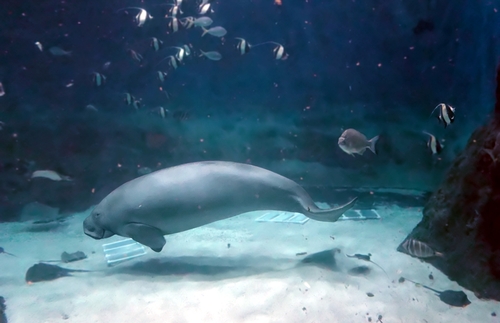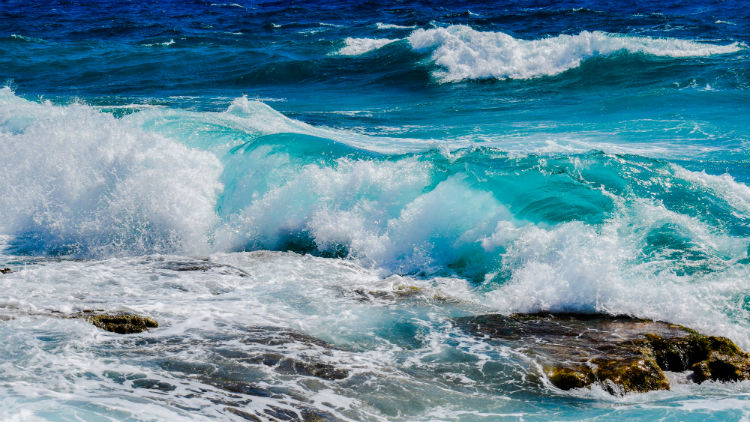When you think about what it means to the world to maintain healthy marine life, do you simply envision an abundance of fish or the preservation of fish species? Well, sustaining ocean life goes way beyond that.
The process of restoring the ocean can help reduce poverty, increase food sources in coastal areas and provide income. A report designed for the UN World Ocean Conference suggests several ways humans can accomplish these goals, such as recovering and managing fisheries to revive the economy and alleviate poverty and hunger.
The report, created by the Nippon Foundation — Nereus Program, highlights the issues of climate change due to global warming and how countries can work together to save the ocean and its marine life. One concern raised in the report is the rising sea levels, which are forcing fish to move to different locations, but more people are moving towards the coasts.
To sustain ocean life, researchers are combining artificial intelligence (AI) with robotic technologies for efficient monitoring in places humans cannot go.
How AI and Robotic Technology Can Save the Ocean
Water covers as much as 70 percent of the Earth’s surface, yet 95 percent of the ocean remains unmapped.
The Shell Ocean Discovery XPrize competition brings teams together from all over the world to design, build and test new technology to map the seafloor. Currently, images of the seafloor are at five kilometers resolution, but the new tech could make this more precise at five meters. Scientists could use this new tech to explore other planets in the near future.
Researchers are using computational sustainability — the ability to analyze Big Data and make predictions based on trends — to understand marine life and find solutions. Universities are also using computational sustainability to train students on research vessels to prepare them to lead future ocean projects.

For example, at NASA’s Goddard Space Flight Center, researchers are studying phytoplankton. The microalgae float on the ocean surface expelling oxygen and consuming carbon dioxide. When they die, they sink to the seafloor.
Protecting the phytoplankton is critical to sustaining oxygen levels. Currently, the scientists use satellite imagery to monitor the microalgae, but a new satellite technology will launch in 2022. The new technique, named PACE for Pre-Aerosol Clouds and Ocean Ecosystem, will control not only phytoplankton but the different species of the microalgae and how these affect the environment.

Scientists can also monitor larger marine life and mammals with AI and robotic tech. The Murdoch University in Western Australia is implementing drone technology to monitor dugongs, a mammal similar to a manatee, but with a forked tail.
Researchers would fly over the ocean and count the dugongs, but now they can send drones to capture thousands of images instead of using aircraft. Although they are saving money and time on flight, the collection of Big Data is too large to analyze in a reasonable time. So Dr. Frederic Maire from the Queensland University of Technology developed an AI program that automatically detects the animals’ images from the drones’ images.
Maire can adapt the program to search for images for other animals, such as whales and sharks. It has an 80 percent accuracy rate and will continue to improve as scientists train the program.
How Scientists are Using Computational Sustainability
The National Oceanic and Atmospheric Administration (NOAA) reports that fisherman and scientists are using electronic monitoring to record the number of fish and species of fish pulled from the ocean and onto small fishing boats. Researchers are finding some issues with the devices such as fogged lenses that will need to be fixed before the technology can work on a commercial level.
Combining AI and robotic technology could reduce illegal activity by poachers through tracking as well as reduce emissions from cargo ships by suggesting the best routes. Not only will a healthy ocean benefit its inhabitants, but the entire human race. AI is thus the next step.

This Women of Green guest blog is by Megan Ray Nichols. Megan writes about many environmental topics including, renewable energy, conservation and sustainability. She invites you to join the discussion on her own blog, Schooled By Science.
Women of Green is TURNING UP THE VOLUME of the feminine voice on the planet in order to create the world we know is possible.
